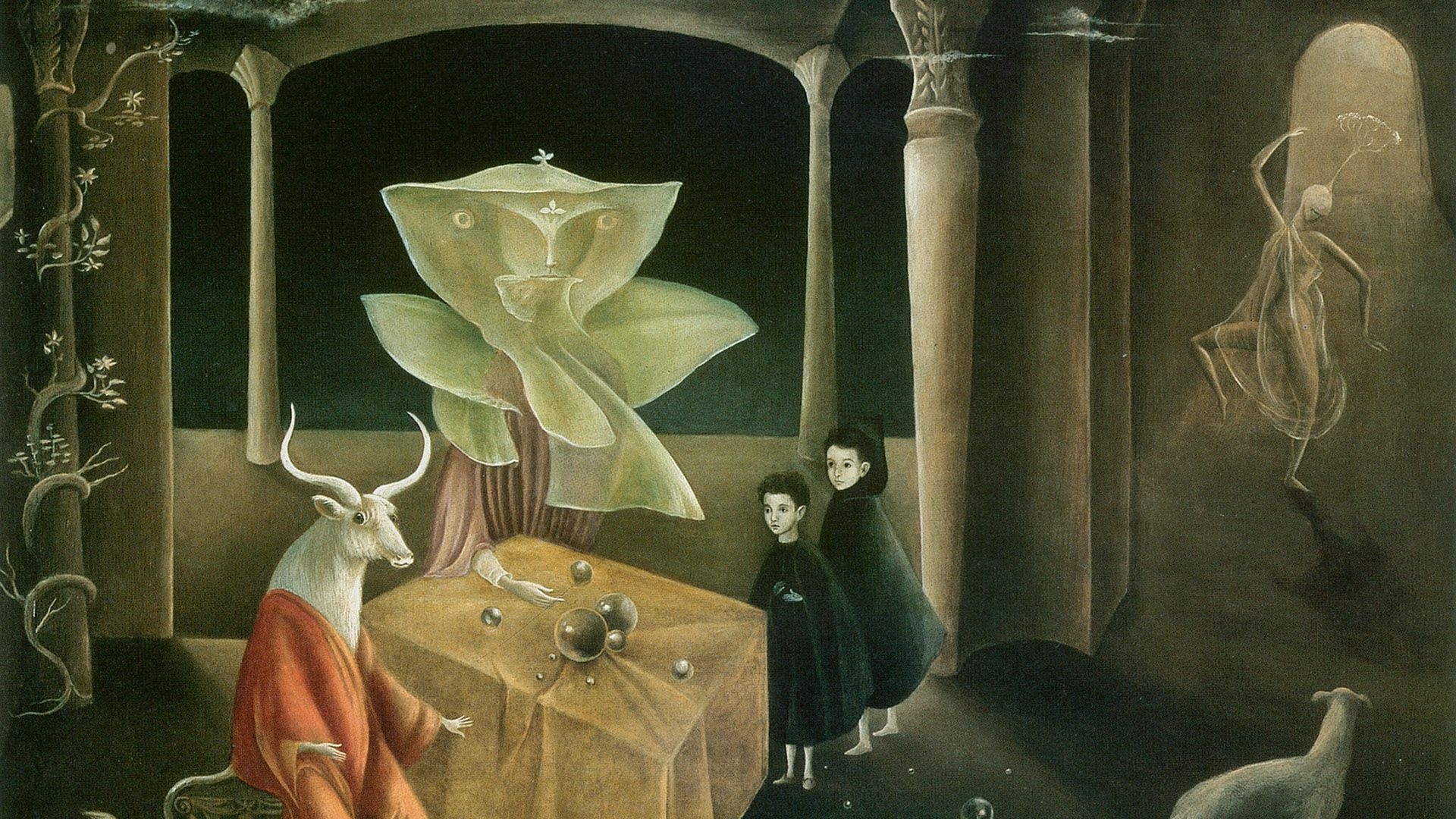Leonora Carrington: The Lost Surrealist
British-born Leonora Carrington (1917–2011) was one of the most interesting surrealist painters and writers. She spent most of her life in Mexico, where she fled to during the Second World War. The BBC’s documentary celebrates the 100th anniversary of Carrington’s birth and features Leonora Carrington herself, as well as people close to her. In 2018, the film received the Grierson British Documentary Award for Best Art Documentary.
Leonora Carrington came from a wealthy and influential upper-class British family. Even as a child, she disobeyed rules and flouted social norms, much to the disappointment of her parents, who expected her to behave in a manner appropriate to her social standing and marry well. The rebellious young woman was expelled from several Catholic boarding schools before, with her parents’ permission, she eventually took up art studies in London. There she met the surrealist artist Max Ernst (1891–1976). The tumultuous partnership of the two artists, first in Paris and then in the south of France, enriched and inspired the creative lives of both.
At the outbreak of the Second World War, Max Ernst, as a German, was vilified in Europe and arrested. Carrington suffered a nervous breakdown and went through the most difficult period of her life, when, on the orders of her parents, she was confined to a mental asylum in Spain. The horrors of the institution haunted her for the rest of her life. She managed to get out of the asylum and, with the help of a Mexican friend she had met in Madrid, she emigrated to the United States and from there to Mexico, which became her new home. Carrington lived in Mexico City for nearly seven decades, occasionally visiting New York.
While Carrington’s writings are reminiscent of Kafka, Buñuel and Poe, her paintings evoke the fantasies of Bosch and Bruegel. All sorts of esoteric systems have been used to decipher them, including Celtic mythology, alchemy, astrology, Tarot, Jungian archetypes and indigenous Mexican traditions. Yet Carrington always added a personal aspect to the symbols she used: a certain feminine magic. Her paintings and writings often deal with a woman’s everyday life: they are often set in bedrooms, gardens or kitchens, because both cooking and art were alchemical processes for her.
Introduction by art historian Maria-Kristiina Soomre.



